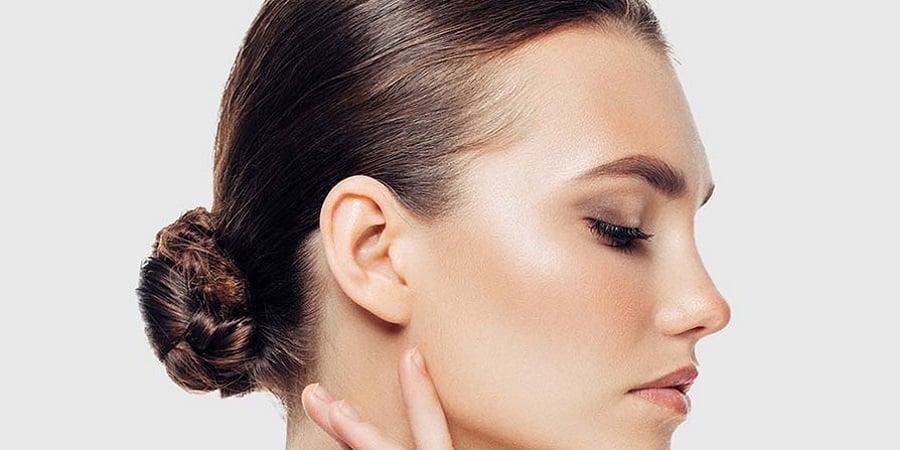When I decided to undergo a nose job, I had countless questions—especially about recovery. My experience with rhinoplasty in Riyadh {تجربتي مع عملية تجميل الأنف في الرياض} taught me that healing isn’t linear, but it is rewarding. Riyadh offered me access to highly experienced surgeons, world-class facilities, and most importantly, the support I needed every step of the way.
If you’re planning your own procedure or just curious about what it’s like, here’s a detailed week-by-week diary of how my recovery unfolded—what I expected, what surprised me, and what truly helped along the way.
The Day of Surgery:
I arrived at the clinic early in the morning. After prep and final checks with my surgeon, I was placed under general anesthesia. The procedure took about two hours. I woke up with a nasal splint, some gauze under my nose, and a feeling of pressure—but surprisingly, very little pain.
How I felt post-op:
- Drowsy but calm
- Slight bleeding from nostrils (normal)
- Swollen face, especially around the eyes
- Limited breathing due to nasal packing
Week 1: The Most Challenging Part
Days 1–3:
- Bruising peaked under the eyes
- Swelling made my nose look huge (temporary!)
- I had to breathe through my mouth only
- Pain was minimal, but discomfort was constant
- Sleep was difficult without propping up with pillows
Days 4–7:
- Bruising started to fade slowly
- Swelling remained, especially on the bridge
- I started using saline spray as recommended
- I still couldn’t wear glasses or get the splint wet
This first week was tough emotionally. I looked worse before I looked better—but knowing it was temporary helped.
Week 2: Seeing Early Results
This week felt like a turning point. On day 8, I visited the clinic to have the splint and stitches removed. It was slightly uncomfortable but quick.
Big changes I noticed:
- The tip of my nose looked more refined
- Most of the bruising was gone
- Swelling reduced by about 30%
- I could breathe better with no more packing
- I felt good enough to return to light social activities
I was warned not to judge my nose too early—full results take time. But I already saw improvement, and it lifted my mood tremendously.
Week 3: Gaining Confidence
I returned to light exercise (walking only) and resumed work. Friends who didn’t know about the surgery noticed I looked “refreshed” but couldn’t pinpoint why. That was exactly the subtle result I’d hoped for.
What changed this week:
- Nostrils became more symmetrical
- Swelling now mostly limited to the tip
- Skin around my nose no longer felt tight
- I could wear makeup to conceal lingering redness
Emotionally, I was starting to feel much more like myself.
Week 4: Settling Into My New Look
By now, the swelling had decreased by more than half. I was taking photos again, enjoying compliments, and getting used to my new facial harmony.
Key milestones this week:
- Nose contour looked smoother and more defined
- I could sleep more comfortably and return to my usual routine
- Confidence returned with full force
- My breathing had improved noticeably
This was the week I finally said, “I’m glad I did this.”
Months 2–3: Long-Term Recovery Begins
While the initial recovery was mostly complete, subtle internal healing was still ongoing. The nose continues to shift slightly and refine itself over several months.
During this period:
- I was cleared for more intense workouts
- Final shape started to become visible
- Swelling in the tip decreased slowly
- I followed up with my surgeon to ensure all was on track
My doctor reminded me that the full results can take up to a year—but even at this stage, I was incredibly happy with the outcome.
What Helped Most During Recovery:
Must-haves for smooth healing:
- Cold compresses in the first 48 hours
- Saline nasal spray to keep passages clear
- Wedge pillow for elevated sleeping
- Loose, front-button clothing to avoid disturbing the nose
- Mild pain relievers (as prescribed)
Emotional support and patience were just as crucial. Keeping a photo journal helped me track progress and stay positive.
Looking Back on the Journey:
Reflecting on everything, my experience with rhinoplasty in Riyadh was transformative—not only for my face but for my confidence. While recovery took time, every stage brought me closer to feeling aligned with the person I saw in the mirror.
What surprised me most was how subtle the change was—yet how powerful it felt. I didn’t want a completely new look, just a more balanced one. And that’s exactly what I received.
Final Thoughts:
Rhinoplasty recovery is a journey that requires patience, preparation, and trust in your surgeon. Each week brings its own challenges and rewards—but the result, when done thoughtfully, can be life-changing.
If you’re considering a similar path, be sure to research thoroughly, ask the right questions, and go into it with realistic expectations. And remember, healing takes time—but confidence lasts far longer.

